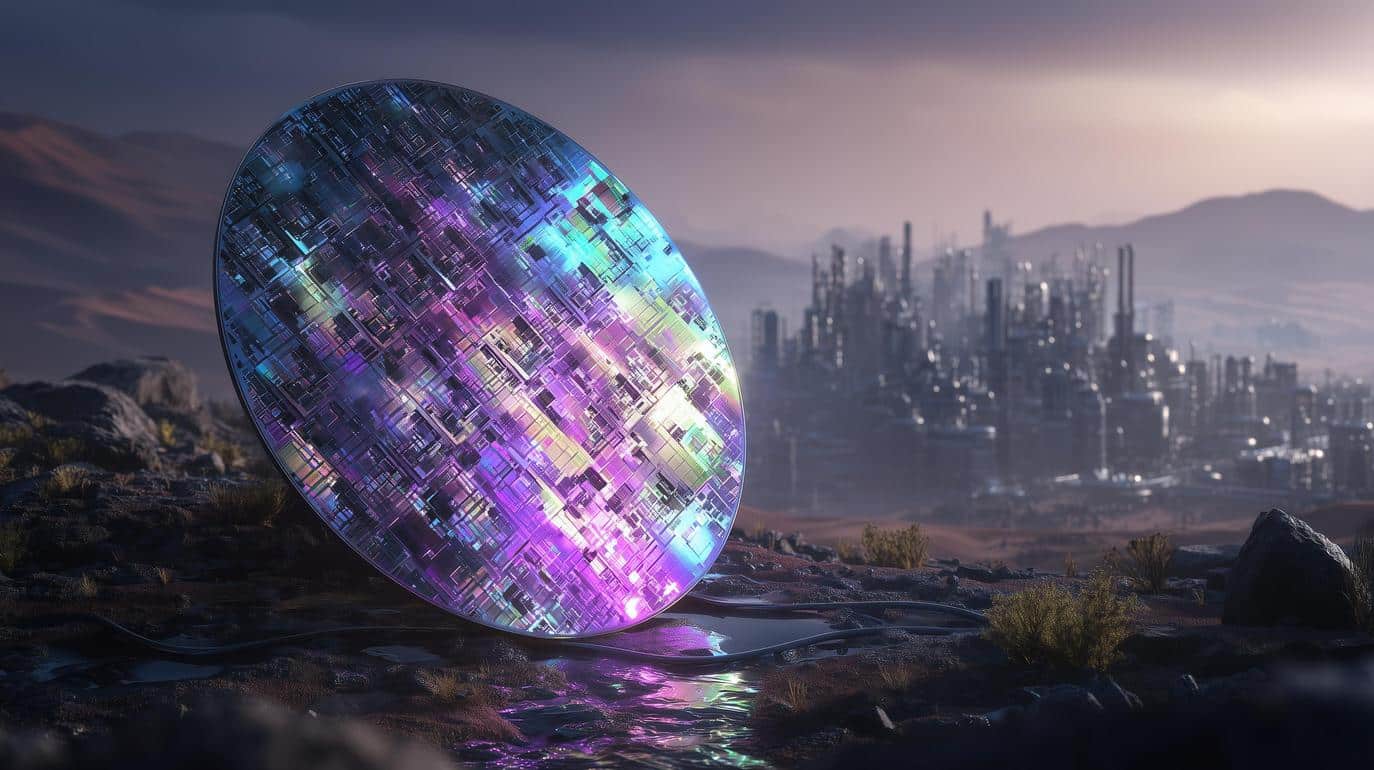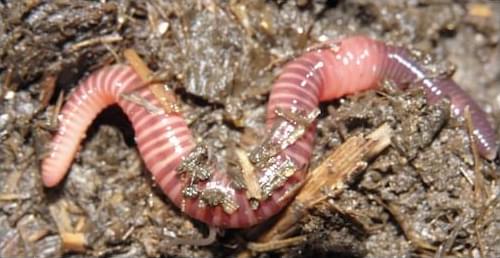Intel and TSMC turn Arizona fabs into a silicon desert test case for AI chip capacity, CHIPS Act funding, and climate-resilient production.



The ability of single active filaments to cluster smaller particles could inspire new materials for building soft robots that perform biological functions.
Every teenager knows that their room will not tidy up by itself. Without intervention, it will inevitably become messier, and they will need to do some work to turn disorder into order. When faced with a similar problem—particle collection—scientists have tried to get individual bacteria, robots, or other self-propelling units to put in the work [1, 2]. But unlike a teenager, a single such unit is usually insufficient to get the job done. Now Rosa Sinaasappel of the University of Amsterdam and her collaborators have proposed and tested a strategy that enables a single active filament to act as a sweeping agent [3]. Thanks to the versatility of polymer architectures, the investigation opens up a huge molecular-design space.
One of life’s most defining properties is its constant struggle against the second law of thermodynamics. At different scales, living organisms need to maintain complex structures or perform directed and persistent motion, feats that would be extraordinarily improbable in thermal equilibrium [4]. Organisms are able to sustain order against entropy by means of constant energy consumption, a feature called “activity.” Conceptually, the sweeping of small objects into piles is a similar problem. The goal is to reach a low-entropy state that is highly disfavored at equilibrium. Bacteria and other active particles, driven by their persistent motion, spontaneously aggregate, and they have been shown to induce clustering of passive particles [1, 2]. However, successful clustering typically requires using a large number of active particles or engineering a complex setting with a favorable geometry [5, 6].


NordVPN denied allegations that its internal Salesforce development servers were breached, saying that cybercriminals obtained “dummy data” from a trial account on a third-party automated testing platform.
The company’s statement comes after a threat actor (using the 1,011 handle) claimed on a hacking forum over the weekend that they stole more than 10 databases containing sensitive information like Salesforce API keys and Jira tokens, following a brute-force attack against a NordVPN development server.
“Today i am leaking +10 DB’s source codes from a nordvpn development server. This information was acquired by bruteforcing a misconfigured server of Nordypn, which has salesforce and jira information stored. Compromissed information: SalesForce api keys, jira tokens and more,” the threat actor said.

With the AI industry effectively crippling PC gaming – and, to a lesser extent, gaming overall – by driving hardware prices to some absurd levels, it appears that NVIDIA, undeniably one of, if not the biggest beneficiary of the AI boom, is looking to ease a crisis it itself has inadvertently helped create by rewinding the clock half a decade and bringing back the GeForce RTX 3,060 GPU, discontinued in August 2024.



When fully automated waste and recycling facilities were just a concept in the industry, Norwegian municipal solid waste (MSW) hauling company Romerike Avfallsforedling (RoAF) turned the concept into a reality.
Powered by a sorting system installed by Germany-based Stadler Anlagenbau GmbH, RoAF opened the world’s first fully automated mixed waste processing facility in 2016 in the village of Skedsmokorset, just outside of Oslo, to help meet the needs of Norwegian municipalities that were facing high labor costs. While the concept was three years in the making, Stadler needed just three months to complete construction of the facility.
RoAF collects household and food waste from 10 municipalities in Norway, including Skedsmo, which boasts a population of roughly 53,000 people. When waste arrives at the automated plant, it’s first fed onto a conveyor, which delivers the waste into the sorting plant.

Fully automated autonomous city face_with_colon_three
Final Thoughts
The photos above are intended to open your mind to the possibilities of living in a 24-hour city.
There are many side effects to automation and not all of them are positive. But one aspect of our automated future will be 24-hour access to most goods and services, many of which are only available during normal business hours today.

KANSAS CITY, Mo. (KCTV) — Part of rolling out trash carts to Kansas City homes included a fully automated trash truck.
The City of Kansas City tweeted out a video of the truck hitting the road on it’s first day.